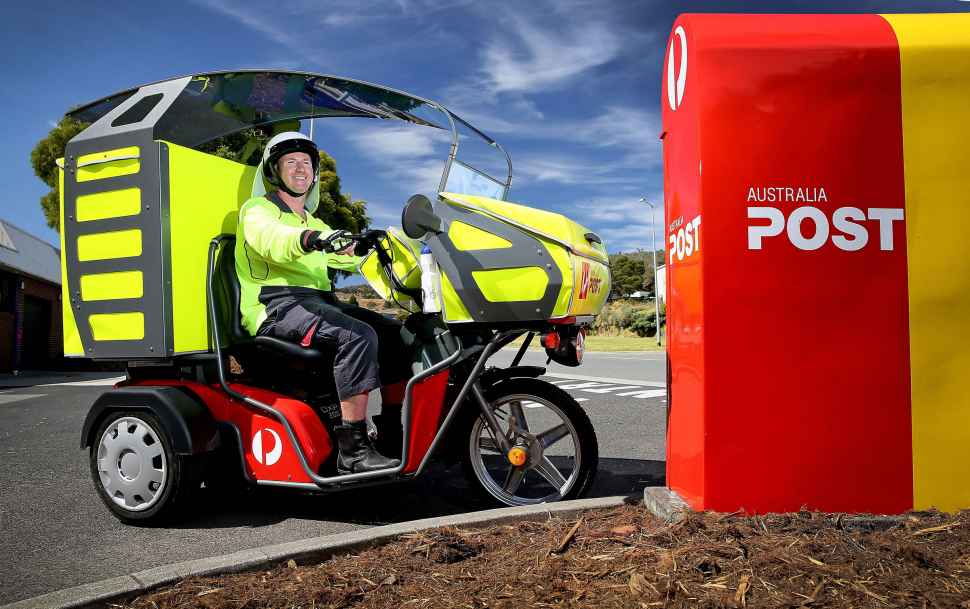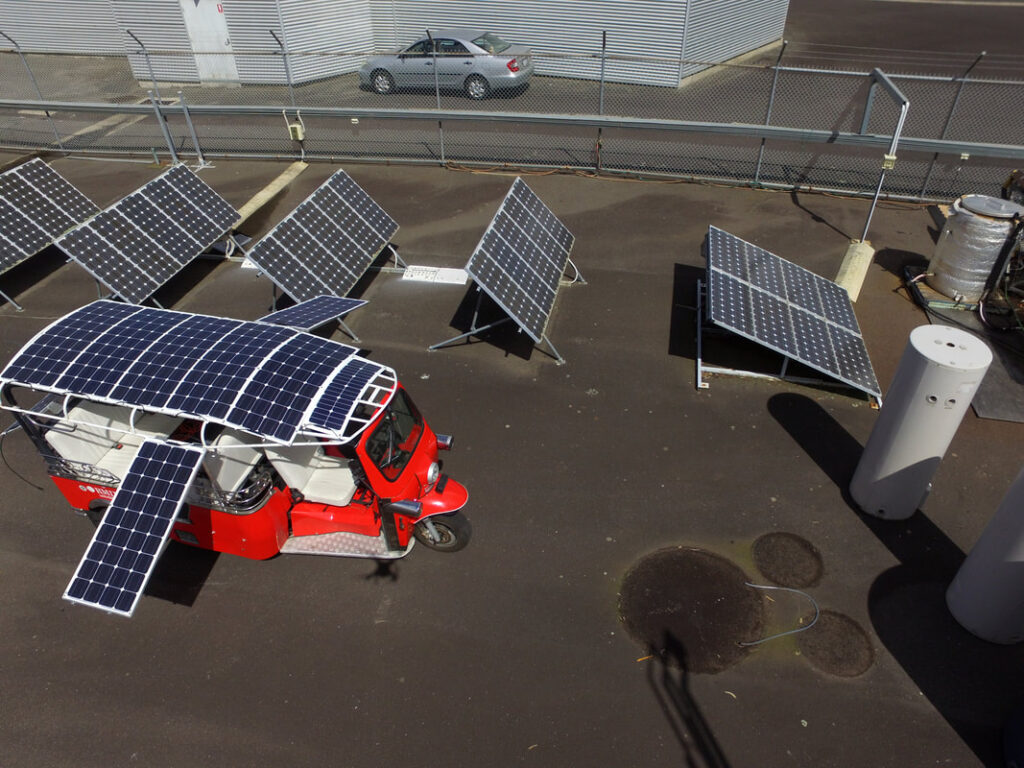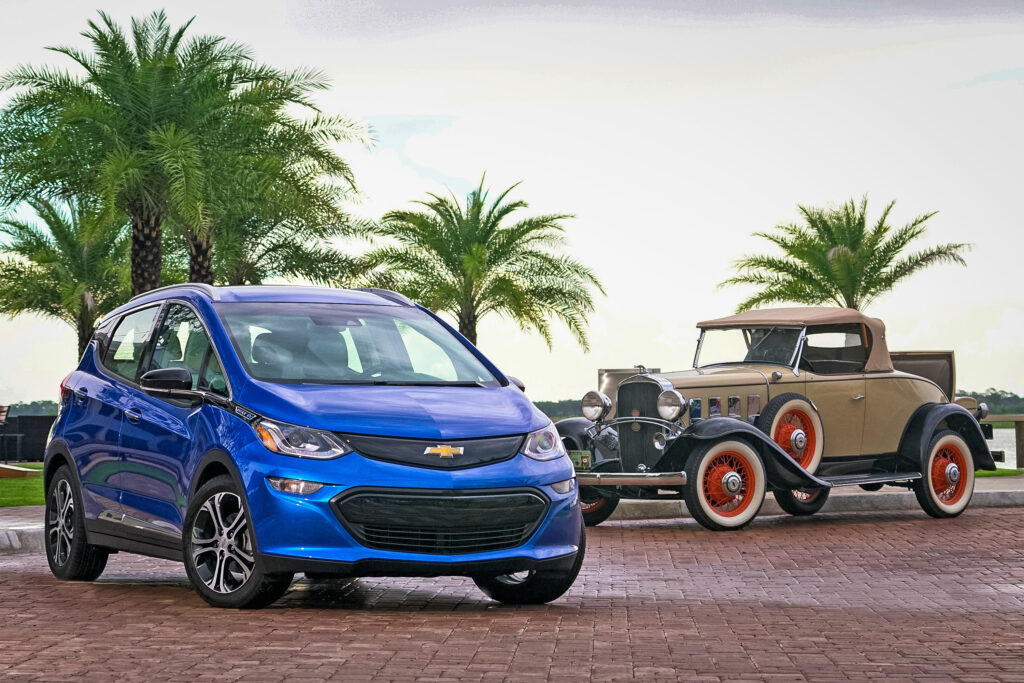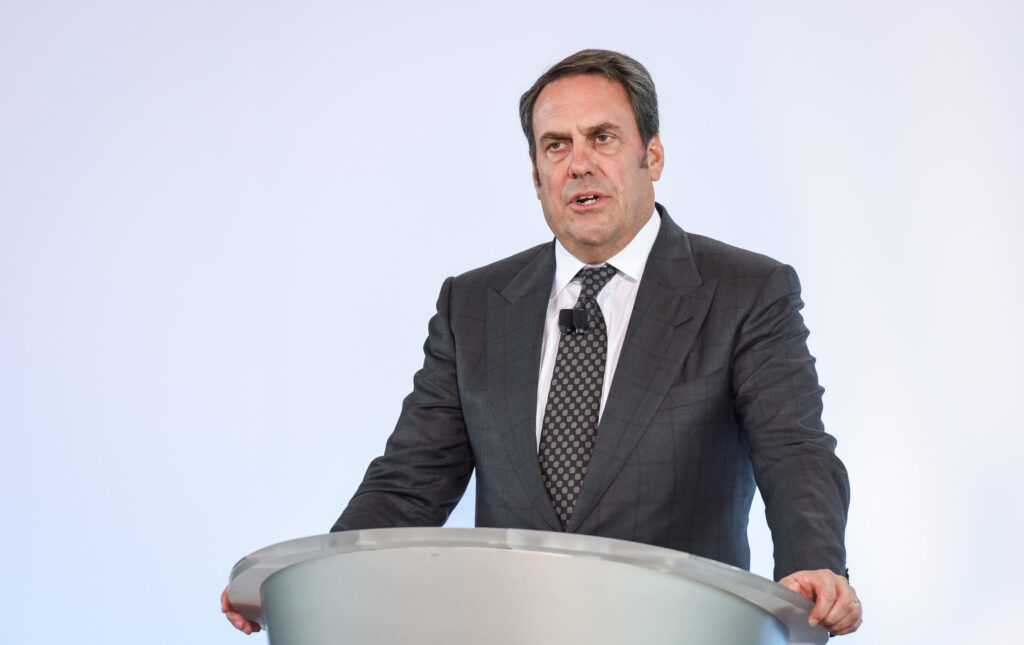New EV technology brings jobs and opportunities
- PostedPublished 1 December 2018

There are more benefits to the ongoing rise in EVs than environmental issues alone. For starters, millions of dollars are being ploughed into new areas of business that will supply, support and maintain this burgeoning electrified automotive marketplace.
In many cases, these start-ups are resulting in the creation of a plethora of new jobs. Case in point: in Morwell, Victoria, the Australian automotive technology company SEA Electric has just announced the construction of a new factory. It will produce electric delivery vans (pictured above) and, according to SEA, the new facility will employ 500 people.
The jobs created by this new, modern business will greatly help Morwell – which is located in the Latrobe Valley – following the closure of the Hazelwood power station in March 2017, which employed 800 people.
Financial backing for SEA’s new facility has come from the state Labor Government’s $266 million support package for the Latrobe Valley area – a fund that has recently been bolstered by another $50 million of private investment.
Similarly, in Queensland, a consortium of companies including Boston Energy has recently been granted $3.1 million towards the construction of a new battery “gigafactory”. The plant, planned to be based in Townsville, is expected to create upwards of 1000 jobs – and countless others throughout the supply and support chain.
The sunshine state and its government have also recently been praised by Hyundai for its deployment of the Queensland Electric Super Highway (QESH).

This network of charging facilities, spanning the coast from Coolangatta to Cairns, has caused Hyundai to accelerate its plans to introduce zero-emissions vehicles in Australia.
It’s not only state governments that are demonstrating confidence in an electrified future, as organisations such as Australia Post are also backing the developments. AusPost has stated its intention to operate a total of 4000 electric vehicles within three years.
Currently, its fleet of 16,000 vehicles includes 2000 electric bikes and 100 electric three-wheeled delivery vehicles.
These offer significant benefits, including reduced noise and lower environmental impact. Another 50 are due on the fleet before the end of 2018 and AusPost says it hopes to employ more in due course.
Interest in EVs is also growing within company fleets, which currently operate around 2.1 million vehicles in Australia; a recent EV demonstration, organised by the Clean Energy Finance Corporation (CEFC), showcased 13 cars to more than 60 fleet buyers from 41 companies.
Following the event, 50 per cent of fleet managers said they would introduce EVs into their fleets within two years, while some would opt for more EVs within just three months.
“We see fleet buyers and managers as having a critical role to play in accelerating the switch to electric vehicles,” said CEFC CEO Ian Learmonth.
“They have strong purchasing power, which can help drive down cost; with their focus on operational efficiency and cost, they can also help demonstrate the benefits of electric vehicles compared with diesel and petrol-powered engines.”

The CEFC further states that its research, carried out in conjunction with the Australian Renewable Energy Agency (ARENA), indicates that EVs could account for 90 per cent of all vehicle traffic on Australian roads by 2050 – including commercial vehicles.
To support this, it says, will require a further $1.7 billion investment in new infrastructure. As a result, considerable additional investment and government support is required.
Many smaller organisations are further doing their part to promote EVs. A team from the RMIT University in Melbourne recently built a solar-powered electric tuk-tuk to demonstrate the capabilities of sustainable transport.
The aim is to cover 3000km from south to north, across Australia, then to strike out in an effort to circumnavigate the globe.
The team says: “We think that if we can make it across Australia and the world in a slow-moving tuk-tuk, then people needn’t be too worried about the range of their own, more appropriate, electric vehicles.”
Meanwhile, in America
In the United States, significant effort is being put into enabling the widespread uptake of low- and zero-emissions vehicles.
General Motors is among the manufacturers backing electric vehicles. It recently proposed that a National Zero Emissions Vehicle (NZEV) program should be established, the aim of which would be to support the development and deployment of electric vehicles throughout the US.
Currently, California operates a Zero Emissions Vehicle (ZEV) program that has been adopted by other states, including Massachusetts and New York. Under the ZEV program, car companies have to earn a certain amount of ZEV credits each year by ensuring that a fixed percentage of their sales are of low-emissions vehicles.
The cleaner the vehicle, and the longer its range, the greater the credit. Any excess credits earned can be carried over to the next year, protecting against any shortfall or increased petrol and diesel sales, or credits can also be sold to other manufacturers.

This program, which is designed to motivate more manufacturers to use low-emissions technology, currently aims to get 1.5 million plug-in, hybrid and pure-electric vehicles onto Californian roads by 2025.
If GM’s proposed 50-state NZEV was adopted, however, then almost seven million long-range EVs could be on the road by 2030.
GM claims that such a move would cut US CO2 emissions between 2021 and 2030 by 375 million tonnes compared to relying on the existing scheme.
Mark Reuss, executive vice president and president of GM’s global product group and Cadillac, said: “A National Zero Emissions program will drive the scale and infrastructure investments needed to allow the U.S. to lead the way to a zero-emissions future.
Volkswagen has also been forced to throw its substantial weight into the arena. In 2016, as part of its ‘dieselgate’ settlement with US authorities, it committed $2 billion ($A2.7 billion) over ten years into a program called “Electrify America”.
The scheme is designed to promote electric motoring and will deliver significant investment in new infrastructure, further helping boost the adoption of zero-emissions vehicles.
By mid-2019, it aims to have established 900 new charging stations – offering, in total, more than 5000 charging ports.
Not every county, however, is set on promoting zero-emissions motoring. In the UK, for example, the incentives for low- and zero-emissions vehicles have recently been slashed.

Changes in the country’s grant scheme now effectively mean that no plug-in hybrids receive a government grant; previously, a discount of £2500 ($A4400) would have been offered.
The subsidy for electric cars has also fallen, from £4500 ($A7990) to £3500 ($A6200). The government claims the reductions in the grants, which have helped discount 160,000 new vehicles in the past seven years, are due to the “recent reductions in the price of electric vehicles”.
“We understand the pressure on the public purse,” said Mike Hawes, chief executive of the UK’s Society of Motor Manufacturers and Traders.
“But, given the importance of environmental goals, it’s astounding that – just three months after publishing its ambitious vision for a zero-emissions future – the government has slashed the very incentive that offers our best chance of getting there.”
- CategoriesIn SightGlass
- TagsAustralian manufacturing, electric vehicles, EV, SightGlass News Issue 15

